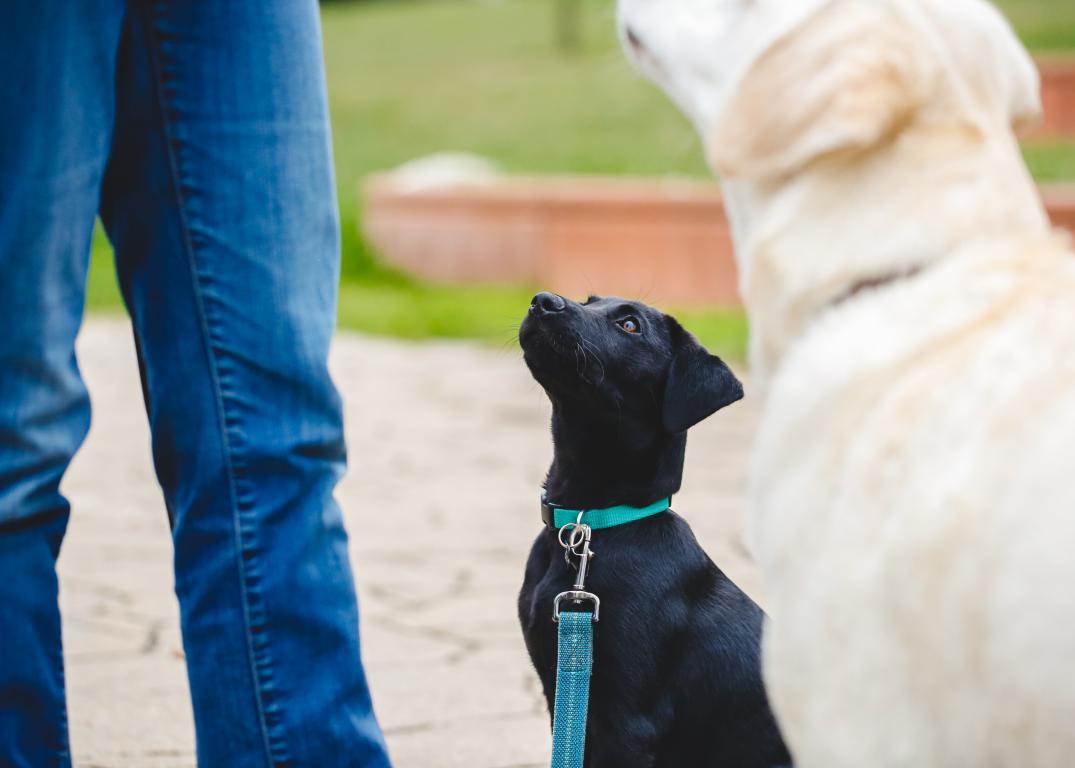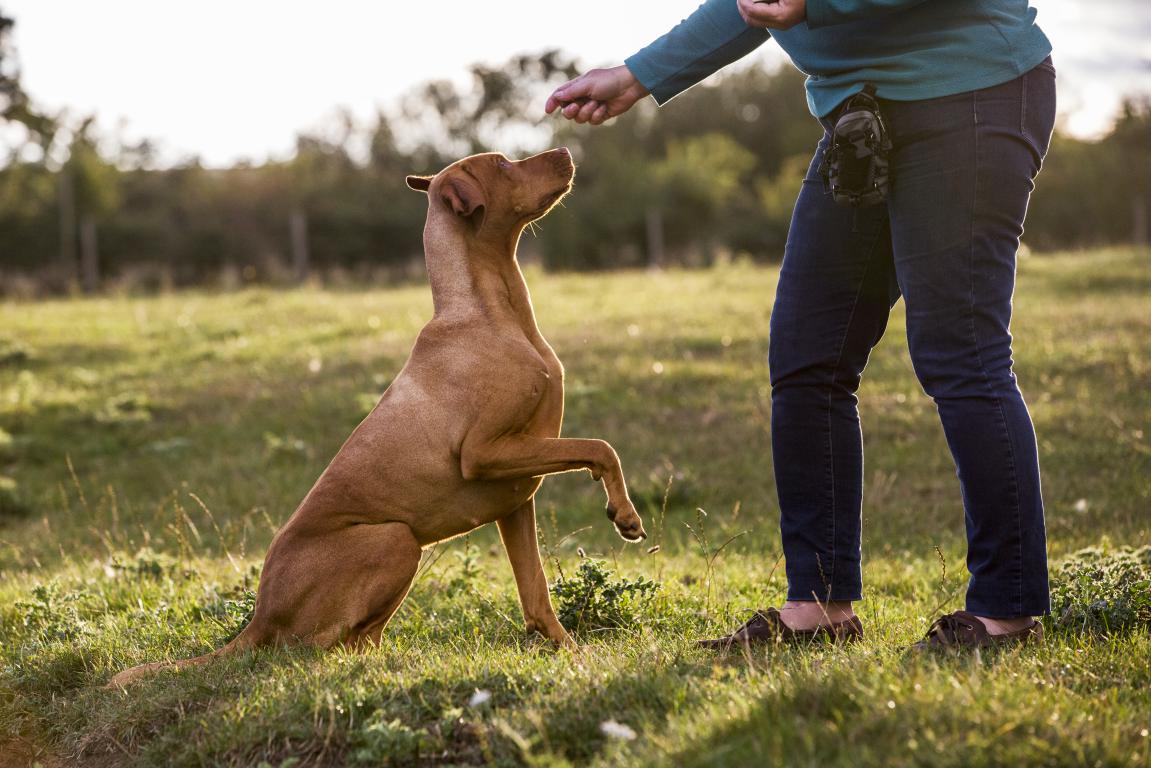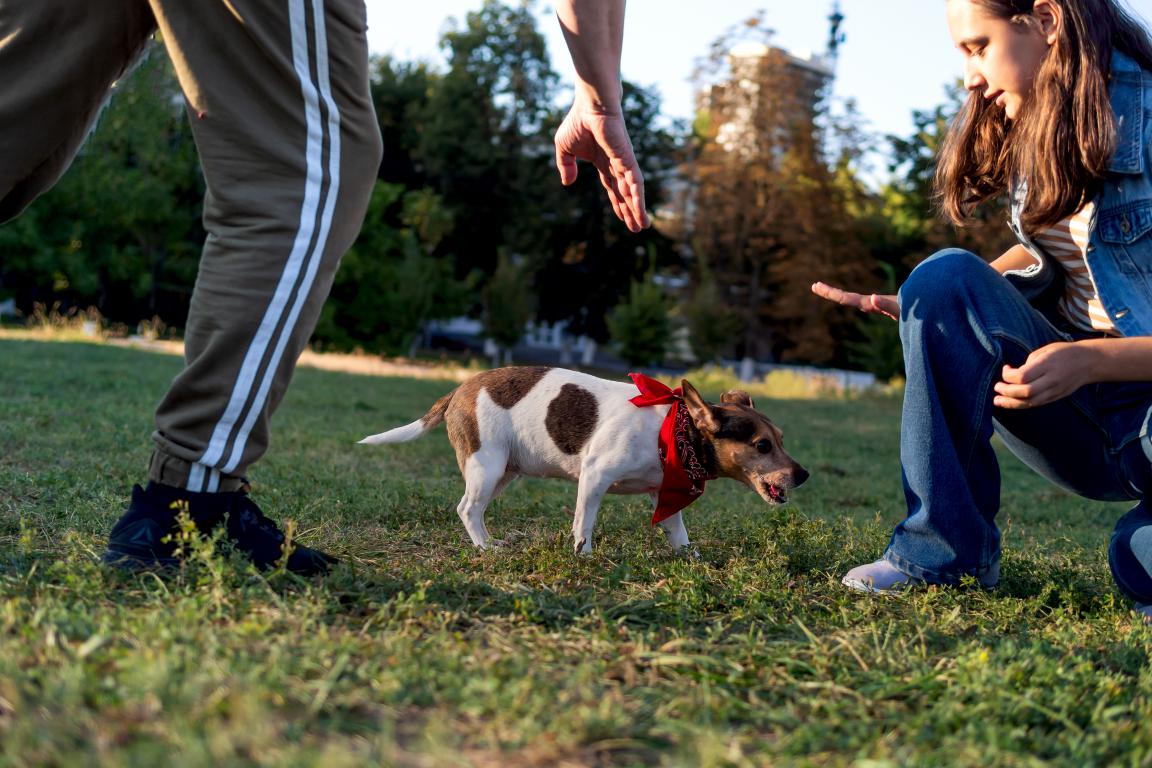Bio-degradable cards
Every card imaginable!
|
Bio-degradable cards Every card imaginable! Guide to Training an Assistance Dog and Essential ID Cards
Understanding the Basics of Training an Assistance Dog1. What is an assistance dog, and what do they do?An assistance dog is specially trained to help individuals with disabilities or specific needs, enhancing their independence and quality of life. These dogs can assist people with physical disabilities, sensory impairments, or medical conditions. For example, they may help with tasks such as opening doors, retrieving items, alerting their handler to sounds, or providing emotional support. Assistance dogs are trained to perform tasks tailored to their handler's specific needs, making them an essential part of their daily lives. 2. What breeds are typically used as assistance dogs?While many breeds can be trained as assistance dogs, certain breeds are more commonly used due to their temperament, intelligence, and physical abilities. Labrador Retrievers, Golden Retrievers, and German Shepherds are among the most popular breeds for assistance work. These breeds are known for their loyalty, trainability, and ability to perform various tasks. However, smaller breeds like Poodles or Cavalier King Charles Spaniels can also be trained for specific roles, such as medical alert or psychiatric assistance dogs. 3. How long does it take to train an assistance dog?Training an assistance dog is a time-intensive process that typically takes 18 to 24 months. The training process begins with basic obedience and socialisation during the puppy stage, followed by specialised task training tailored to the handler's needs. The length of training can vary depending on the dog's progress, the complexity of the tasks they need to learn, and the specific requirements of their handler. Patience and consistency are key throughout the training process to ensure the dog is fully prepared for their role. 4. Can any dog be trained as an assistance dog?While many dogs can be trained as assistance dogs, not all are suitable for the role. The ideal assistance dog has a calm temperament, is highly trainable, and is physically capable of performing the required tasks. Additionally, the dog must be able to work in various environments and remain focused despite distractions. It's important to assess a dog's suitability for assistance work early on, as not every dog, regardless of breed, will have the right characteristics to succeed in this demanding role. 
The Training Process: What You Need to Know5. What are the first steps in training an assistance dog?The first steps in training an assistance dog involve basic obedience and socialisation. This includes teaching the dog commands such as sit, stay, come, and heel. Socialisation is equally important, as the dog must be comfortable around people, other animals, and in different environments. During this stage, the dog learns how to behave in public, remain calm in various situations, and respond to their handler's cues. Establishing a strong foundation in obedience and social skills is crucial before moving on to more specialised training. 6. What tasks can an assistance dog be trained to perform?Assistance dogs can be trained to perform a wide range of tasks depending on their handler's needs. Common tasks include retrieving dropped items, opening doors, pressing buttons, and providing balance support. For individuals with hearing impairments, assistance dogs can alert them to sounds like doorbells, alarms, or phone calls. Medical alert dogs may be trained to detect changes in their handler's body, such as low blood sugar in people with diabetes or an impending seizure. The specific tasks an assistance dog performs are tailored to the handler's unique requirements. 7. How can I train my dog to be an assistance dog?Training your dog to be an assistance dog requires patience, dedication, and a thorough understanding of dog training techniques. While it's possible to train your dog independently, many people choose to work with professional trainers or enrol in a training programme designed for assistance dogs. The process begins with basic obedience and socialisation, followed by task-specific training. Consistency, positive reinforcement, and gradual progression are key to successful training. It's also important to ensure your dog meets the criteria for assistance work, such as having a calm temperament and being physically capable of performing tasks. 8. What is the difference between an assistance dog and a therapy dog?Assistance dogs and therapy dogs serve different roles, though both provide support to people. Assistance dogs are trained to perform specific tasks that help individuals with disabilities or medical conditions, and they are granted public access rights under the Equality Act 2010. Therapy dogs, on the other hand, provide comfort and emotional support to people in various settings, such as hospitals, schools, or care homes. Unlike assistance dogs, therapy dogs do not have the same level of training and do not have public access rights. 
Life with an Assistance Dog: Adjusting to a New Normal9. How do I care for an assistance dog?Caring for an assistance dog involves meeting their basic needs for food, exercise, grooming, and veterinary care, just like any other pet. However, because assistance dogs perform essential tasks, it's also important to ensure they are mentally stimulated and receive ongoing training to keep their skills sharp. Regular vet check-ups are crucial to maintain the dog's health, and it's important to provide them with downtime and relaxation to prevent burnout. Balancing work and play is key to keeping an assistance dog happy and healthy. 10. Can an assistance dog go anywhere with their handler?In the UK, assistance dogs are legally allowed to accompany their handlers in most public places, including shops, restaurants, and public transport. This is covered under the Equality Act 2010, which ensures that individuals with disabilities have the same rights as everyone else. However, there are some exceptions, such as in certain healthcare settings or areas where food is prepared. It's important for handlers to understand their rights and be prepared to advocate for their assistance dog if needed. 11. How does having an assistance dog impact daily life?Having an assistance dog can greatly improve the quality of life for individuals with disabilities. These dogs provide independence, security, and companionship, making everyday tasks more manageable. However, it's also a significant responsibility, as the dog requires care, attention, and ongoing training. Assistance dogs can also change social interactions, as they often attract attention from the public. It's important for handlers to set boundaries and educate others on the role of their assistance dog. 12. What happens when an assistance dog retires?Assistance dogs typically retire when they reach an age where it's no longer safe or comfortable for them to perform their duties, usually around 8 to 10 years old. When an assistance dog retires, they may stay with their handler as a pet, or they might be rehomed to a family member or friend. In some cases, the organisation that provided the dog will find them a new home. It's important to plan for this transition and ensure the dog has a happy and comfortable retirement. 
Exploring Costs, Support, and Other Considerations13. How much does it cost to train an assistance dog?Training an assistance dog can be expensive, with costs ranging from £20,000 to £30,000 or more, depending on the level of training required and the specific needs of the handler. These costs cover breeding, raising, and training the dog, as well as ongoing support. Some organisations provide assistance dogs free of charge or at a reduced cost to individuals with disabilities, thanks to fundraising and donations. It's important to research available resources and support if you need financial assistance. 14. Are there organisations that provide assistance dogs?Yes, there are several organisations in the UK that provide assistance dogs to individuals with disabilities. These organisations often have rigorous selection and training processes to ensure the dogs are well-suited to their roles. Some of the well-known organisations include Guide Dogs, Hearing Dogs for Deaf People, Canine Partners, and Dogs for Good. These organisations typically provide ongoing support to both the dog and handler throughout the dog's working life. 15. Can assistance dogs be trained for children?Yes, assistance dogs can be trained to support children with disabilities or medical conditions. These dogs can help children with physical tasks, provide emotional support, and even assist with social interactions. For example, children with autism may benefit from an assistance dog that helps them stay calm and focused in public settings. Training a dog for a child requires careful consideration of both the child's needs and the dog's abilities, and it's important to work with experienced trainers or organisations. 16. How can I get support or advice about training an assistance dog?If you're considering training an assistance dog, seeking support and advice from professionals is essential. Organisations that specialise in assistance dogs often offer resources, training programmes, and guidance to help you through the process. Additionally, speaking with other handlers and joining support groups can provide valuable insights and encouragement. It's important to gather as much information as possible and work with experienced trainers to ensure the best outcome for both you and your dog. Final Thoughts on Training an Assistance DogTraining an assistance dog is a significant commitment, but the rewards are immense. These dogs provide invaluable support and independence to their handlers, making daily life easier and more fulfilling. Whether you're considering training your dog or working with a professional organisation, it's essential to understand the process, responsibilities, and long-term commitment involved. We hope we provided you with a clear understanding of what it takes to train and care for an assistance dog, helping you make informed decisions on this life-changing journey.
© 2024 The Card Project Uk Ltd
VAT: 453 2087 06
|